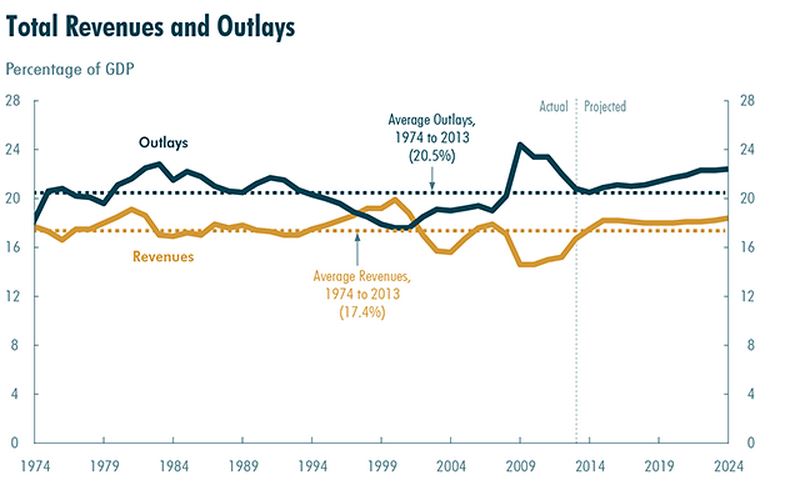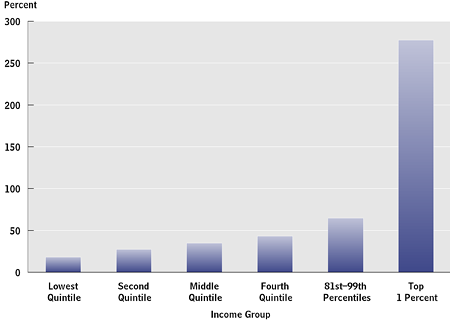

5Īt the same time, many in Congress accused President Richard Nixon of executive overreach in shaping annual budgets. As a result, Congress lacked a formal process to reconcile spending and revenue legislation with overall budgetary goals. Furthermore, legislation enacted in the 1960s significantly expanded mandatory spending-or programs that are not subject to annual appropriations. Numerous congressional committees had authority over various spending programs, in addition to the two committees overseeing taxes. 4 Prior to the CBA, the process of enacting spending and revenue legislation was disorganized, with no mechanism to coordinate spending and revenue levels. It also recommends that Congress take steps to address the brinkmanship and partisan posturing in the current budget process by eliminating the debt ceiling and streamlining the budget resolution process.Ĭongress enacted the 1974 Budget Act to establish an orderly process for annual budgeting and re-establish congressional power over fiscal policy. 3 The report recommends several reforms, including that Congress should increase transparency and access to information by strengthening nonpartisan institutions such as the CBO and creating neutrality between tax and budget processes. This report examines the major reforms enacted as part of the CBA and assesses what is working and where the current budget process has gone astray. While the budget process at first worked largely as intended, adherence in Congress to the CBA’s processes and deadlines has eroded, and today, the budget process has been warped by brinkmanship and partisan posturing, as members of Congress increasingly use budget chokepoints to try to extract policy concessions from the other side. It has been less successful in ensuring that Congress enacts timely budgets. In hindsight, it succeeded most where it improved the information and analytical capacity available to Congress and enhanced congressional authority over the budget. The results of the 1974 CBA have been mixed, however, in terms of both its stated goals and the budget process that evolved. It improved the availability of information to inform decision-making and established an annual process for developing and approving the federal budget. It dramatically curtailed the power of the president to withhold federal funds once Congress has appropriated them. The CBA established new institutions in Congress, including the CBO and the Budget Committees in the House and Senate.

Understanding the successes and failures of the CBA can inform a way forward toward achieving a more effective budget process. The current budget process was established by the landmark Congressional Budget and Impoundment Control Act of 1974, also called the Congressional Budget Act (CBA).

2 It is essential to restore rationality and basic norms to the budget process in order to ensure that this approach does not set a new and dangerous precedent for the nation.

The process itself was also rushed and closed: Congress held no hearings on the legislation where it could have heard from tax experts, affected communities, or the general public it conducted key negotiations behind closed doors and it made numerous, consequential changes at the last minute before critical votes, without providing sufficient time for the public or even most members to understand the effects of those changes.


 0 kommentar(er)
0 kommentar(er)
